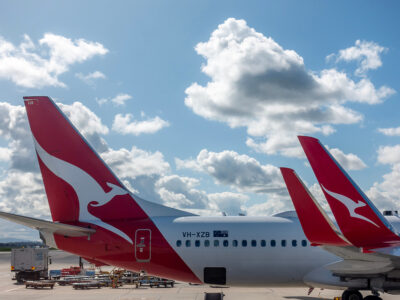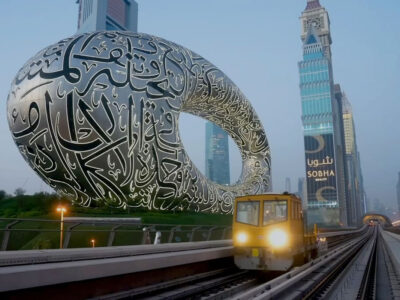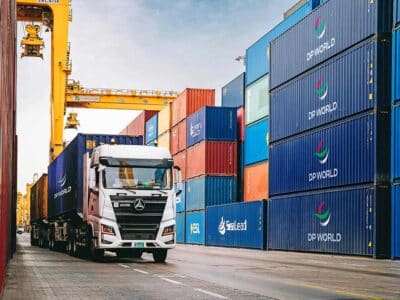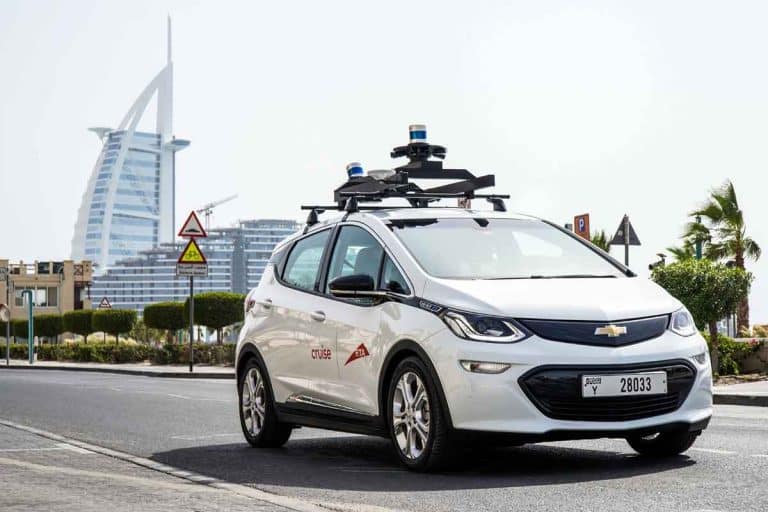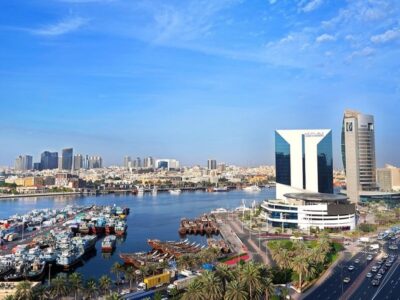Dubai is looking to make 25 per cent of transportation in the city to be made in self-driving vehicles by 2030.
Mattar Al Tayer, Commissioner-General for Infrastructure, Urban Planning and Well-Being Pillar and Director-General and Chairman of the Board of Executive Directors of the Roads and Transport Authority (RTA) in Dubai, said that as part of the Dubai Autonomous Transportation Strategy, the RTA aims to transform 25 per cent of the total transportation in Dubai to autonomous mode by 2030.
He pointed out that the RTA has made significant progress in its journey towards achieving the vision of the wise leadership to make Dubai the smartest city in the world, with the current percentage at 9.4 per cent.
Self-driving transport in Dubai
Al Tayer said that despite the major global challenges facing the self-driving transport sector, the RTA has continued with its schedule to achieve the Dubai Autonomous Transportation Strategy.
The first trial run of the self-driving Chevrolet Bolt electric vehicles was launched, making Dubai the first city in the world outside the US to operate the company’s self-driving vehicles.
He also pointed out that an agreement was signed between Dubai’s Road and Transport Authority (RTA), Skyports Infrastructure (Skyports) and all-electric aircraft company Joby Aviation to launch passenger air taxi services in Dubai by 2026.
He added that Dubai will become the first city in the world to have air transport in urban areas through a sophisticated network of vertical take-off and landing (VTOL) for air taxis.
Four areas have been identified in the city to build air taxi stations.
Al Tayer also noted that the RTA is showcasing the Joby Aviation S4 is designed to accommodate four passengers plus the pilot safely and securely.
It is equipped with six propellers and four battery packs, enabling it to cover a maximum distance of 161km.
With a top speed of up to 321km per hour, the aerial taxi is less noisy than helicopters. Its vertical take-off and landing capability makes it efficient for urban environments, eliminating the need for extensive horizontal space typically required for conventional stations.
Regarding the number of self-driving vehicles in the emirate currently, Al Tayer said that there are 5 self-driving vehicles, and the number will increase gradually by the end of this year.
They are currently being tested on specific routes in the Jumeirah area under the supervision of a safety driver.
The service will be launched to the public later this year through a dedicated application to use
Regarding the models and designs of air taxi stations and the proposed station locations, Al Tayer said that air taxi stations are distinguished by their innovative design and include various facilities such as take-off and landing areas, a dedicated area for passengers and security procedures, and electric charging facilities.
They are also integrated with public transportation. In phase one, flights will operate from four vertiports.
